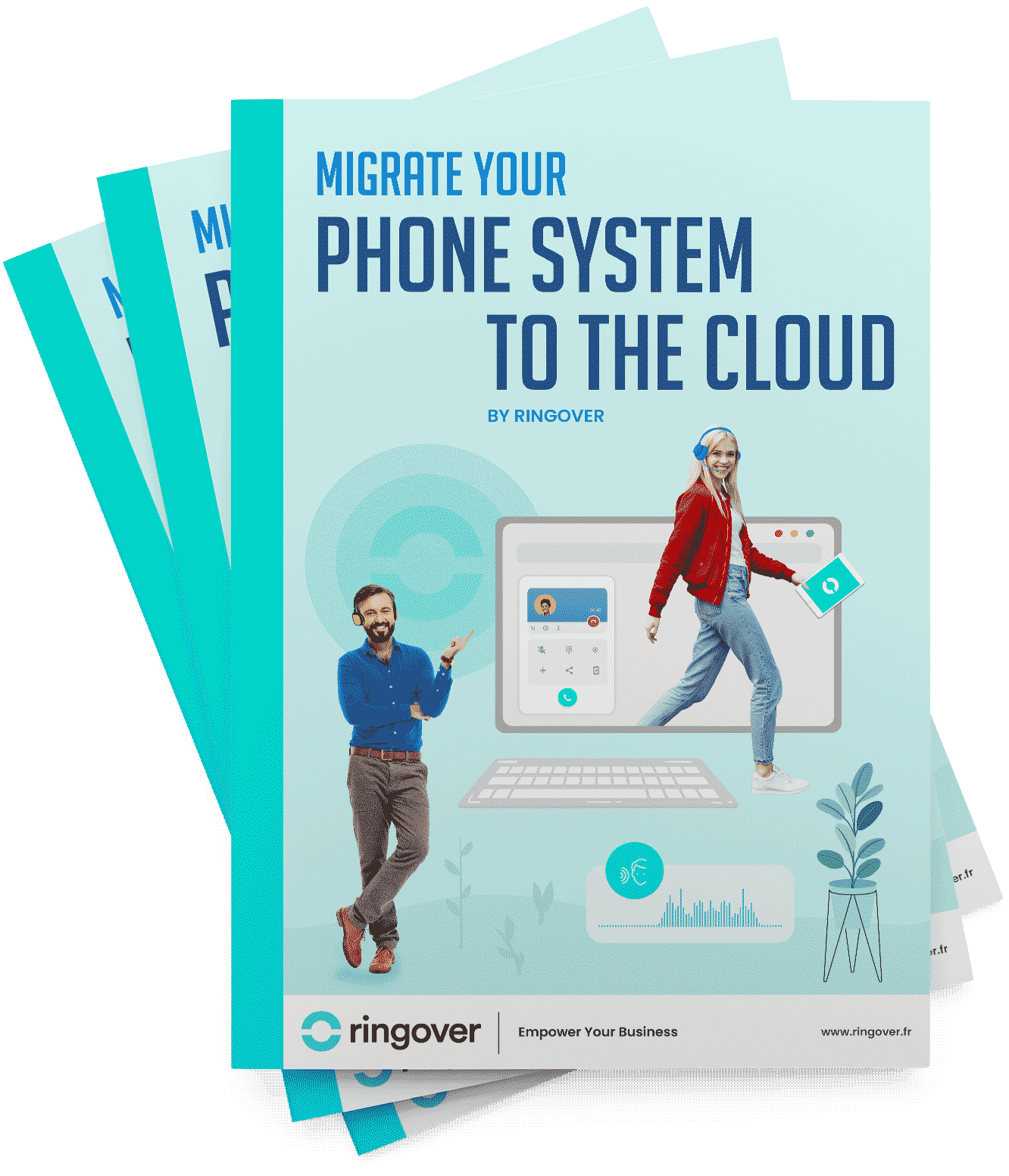Summary
At its core, SIP, or Session Initiation Protocol, is a telephony technology that transforms analogue voice signals into digital data packets, enabling seamless communication over the Internet. SIP trunking involves using this protocol to link your business phone system with the public switched telephone network (PSTN) through an Internet connection. This method replaces traditional phone lines with a virtual connection, providing a flexible, scalable, and cost-effective communication solution for your business.
Discover Ringover's Sip Trunk Integrations
In the fast-moving world of business, efficient and reliable communication is vital. SIP trunk integration allows your business to make and receive voice calls, participate in video conferencing, and engage in multimedia communications via a single, powerful Internet connection. This not only boosts your communication capabilities but also streamlines the management of your phone system.
Exploring SIP trunk integration opens up a world of benefits and various integration options that can be customised to meet your business's unique needs. Whether you're a burgeoning startup or a sprawling enterprise, grasping the essentials of SIP trunk integration is essential for tapping into the full potential of modern enterprise communication.
List: Best 9 SIP Integrations
SIP trunk integrations enable businesses to extend the functionality of their communication systems by connecting with powerful tools that enhance data management, analytics, and operational workflows. Below are some of the most effective SIP trunk integrations:
1. Salesforce
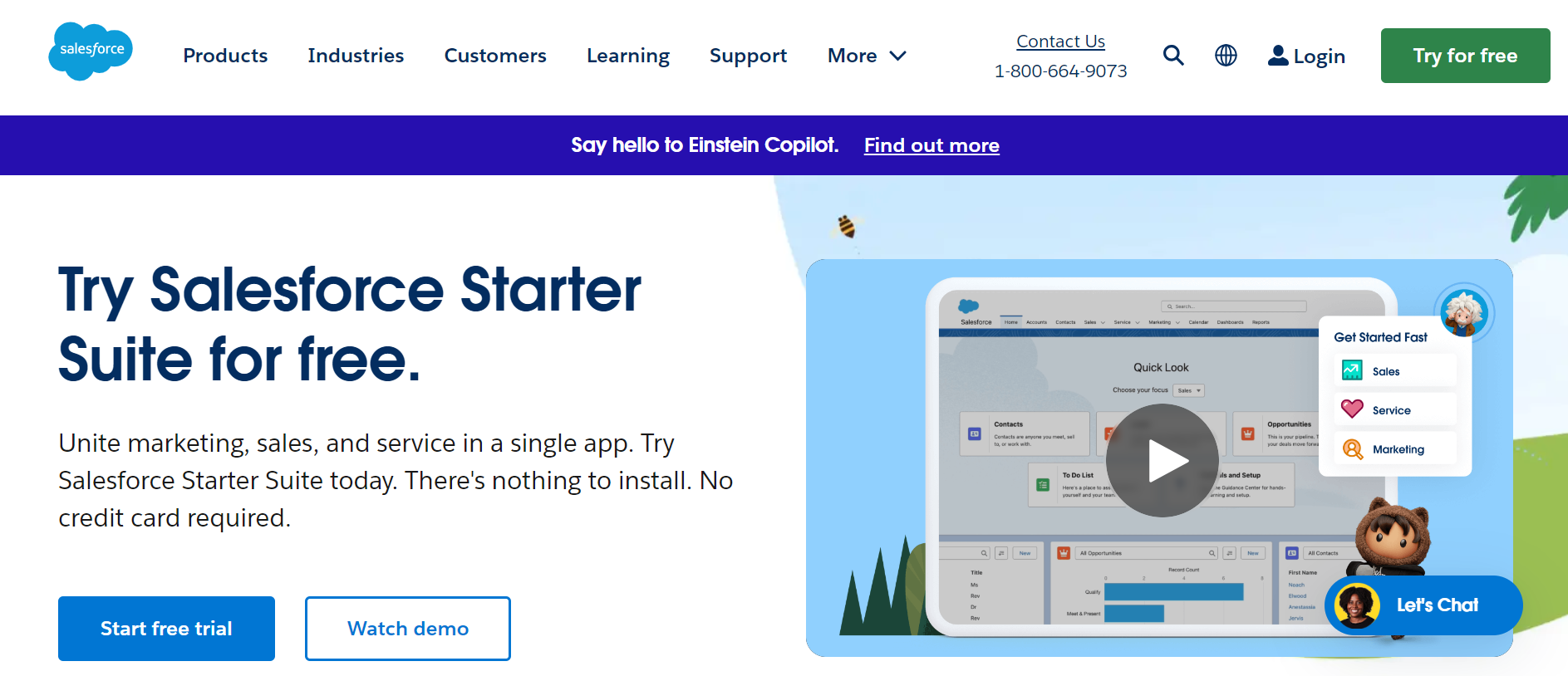
Salesforce, a leading CRM platform, integrates with SIP trunks to centralise communication data and enhance customer interactions. This integration ensures that call logs and related data are automatically linked to customer profiles, helping teams manage interactions seamlessly.
Advantages✅
- Streamlined Workflows: Automatically sync call records with Salesforce.
- Improved Customer Insights: Access real-time client data during calls.
- Enhanced Reporting: Leverage Salesforce analytics to track communication KPIs.
2. Zendesk

Zendesk, a customer support platform, works with SIP trunks to improve call-based support. This integration links inbound and outbound call logs to tickets, ensuring every communication is well-documented and accessible to support agents.
Advantages✅
- Unified Ticket Management: Associate call logs with tickets automatically.
- Better Collaboration: Provide agents with context during support interactions.
- Improved Customer Satisfaction: Ensure inquiries are addressed with precision.
3. Google Analytics

Google Analytics integrates with SIP trunks to monitor call-related conversions. Businesses that rely on phone calls for lead generation or customer engagement can track the success of marketing campaigns and analyse customer behaviour through this integration.
Advantages✅
- Enhanced Campaign Tracking: Attribute phone calls to specific ads or campaigns.
- Data-Driven Insights: Analyse call durations and outcomes alongside web analytics.
- Improved ROI Analysis: Determine which channels generate the most valuable calls.
4. Power BI
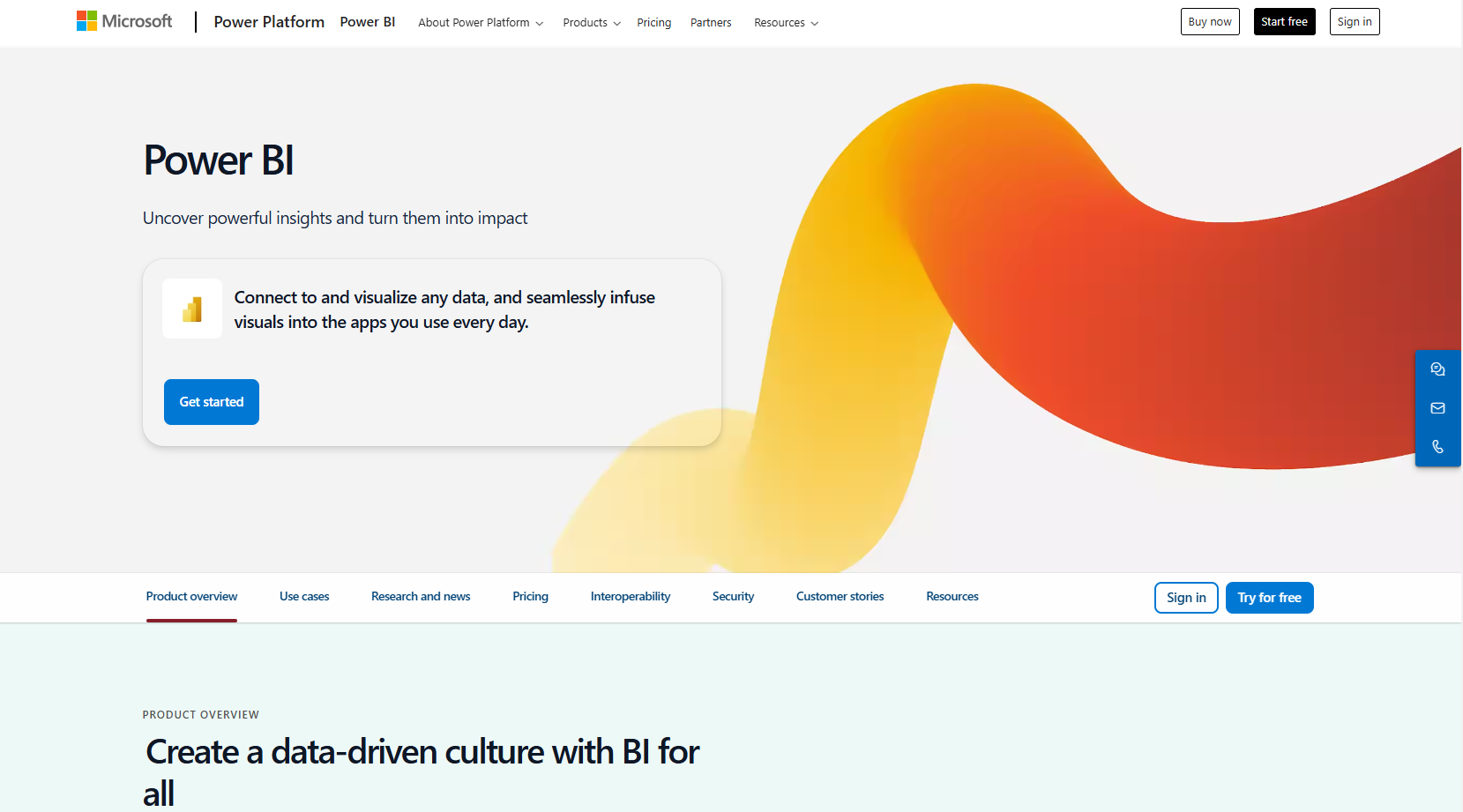
Microsoft Power BI integrates with SIP trunks to provide visualisations of call data. This business intelligence tool allows users to create dashboards that track call performance, agent activity, and communication trends.
Advantages✅
- Actionable Insights: Transform call data into meaningful visuals.
- Real-Time Monitoring: Track performance metrics in real time.
- Optimised Decision-Making: Identify trends and opportunities for process improvement.
5. HubSpot
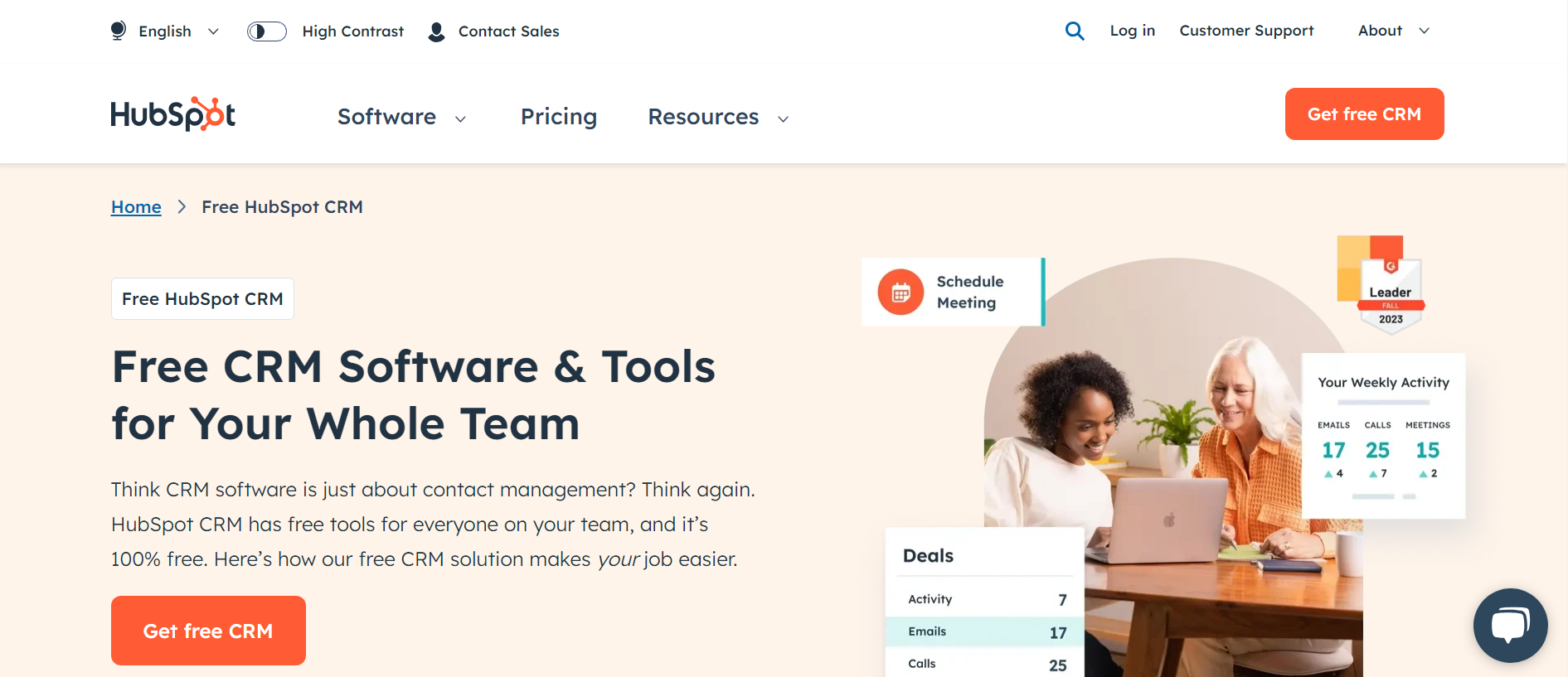
HubSpot, a marketing, sales, and service platform, integrates with SIP trunks to consolidate call data as part of the customer journey. By syncing calls with HubSpot's CRM, businesses gain a 360-degree view of customer interactions.
Advantages✅
- Centralised Data: Keep call logs with other customer touchpoints.
- Improved Lead Scoring: Incorporate call activity into lead qualification metrics.
- Streamlined Follow-Ups: Automate workflows based on call outcomes.
6. ServiceNow
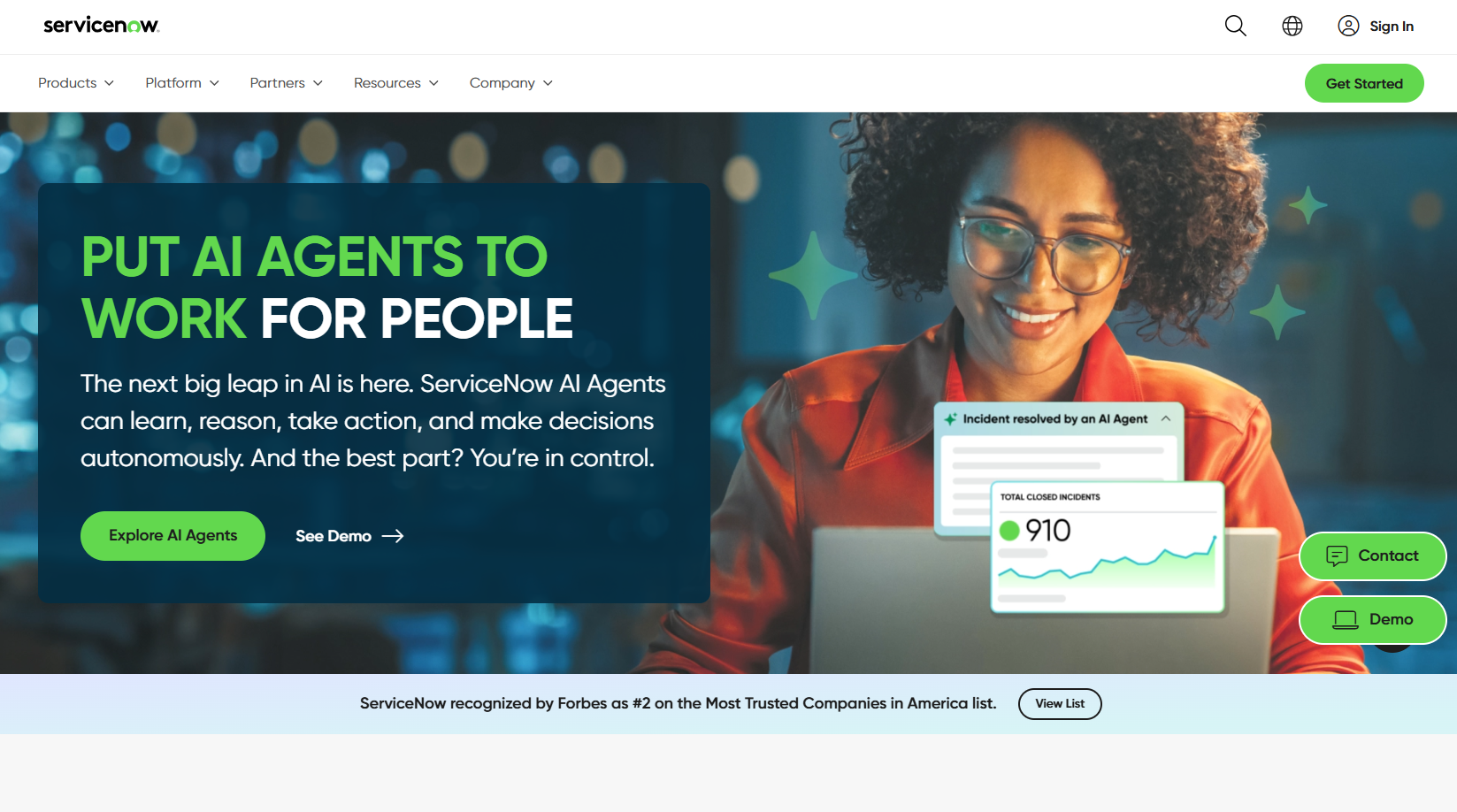
ServiceNow, an IT service management platform, connects with SIP trunks to track and manage communication within IT workflows. This integration simplifies incident and change management processes by linking calls to support tasks.
Advantages✅
- Enhanced IT Support: Automatically log call data within incident reports.
- Better Team Coordination: Provide technicians with comprehensive communication records.
- Improved SLA Management: Track response and resolution times effectively.
7. Bullhorn
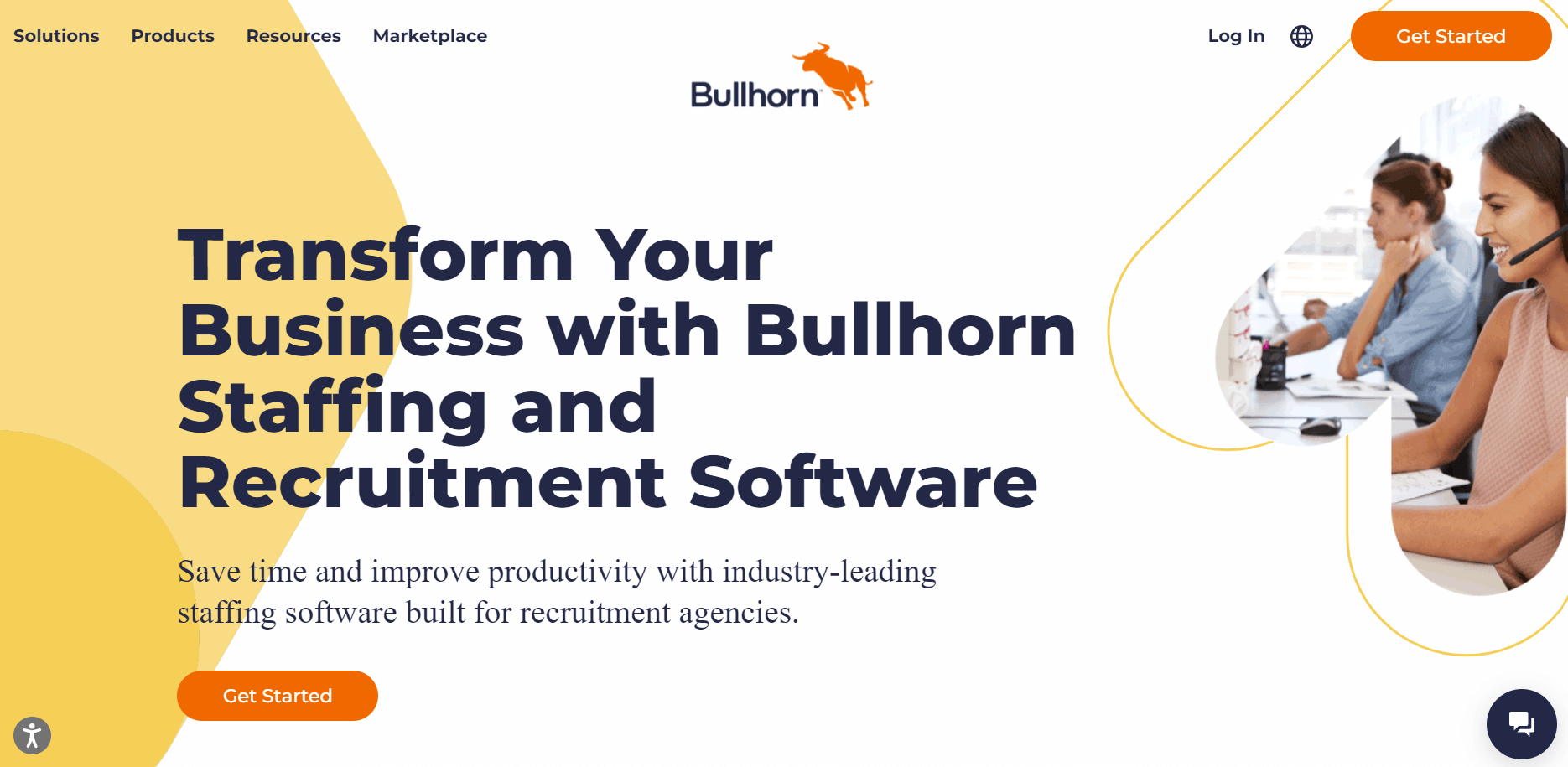
Bullhorn, a staffing and recruitment platform, integrates with SIP trunks to streamline candidate and client communications. This integration logs all call data within the Bullhorn CRM, ensuring recruiters have access to detailed communication histories.
Advantages✅
- Centralised Communication Records: Track all candidate and client interactions in one place.
- Time Savings: Automatically log call details, reducing manual data entry.
- Improved Recruitment Outcomes: Quickly access call histories for a more personalised experience.
8. QuickBooks

QuickBooks integrates with SIP trunks to manage call-related expenses and streamline billing processes. This integration is particularly useful for businesses that need to track communication costs for budgeting or invoicing purposes.
Advantages✅
- Simplified Expense Management: Log call costs directly into QuickBooks.
- Better Financial Tracking: Monitor telephony expenses in real time.
- Accurate Billing: Generate invoices for billable calls effortlessly.
9. Freshdesk
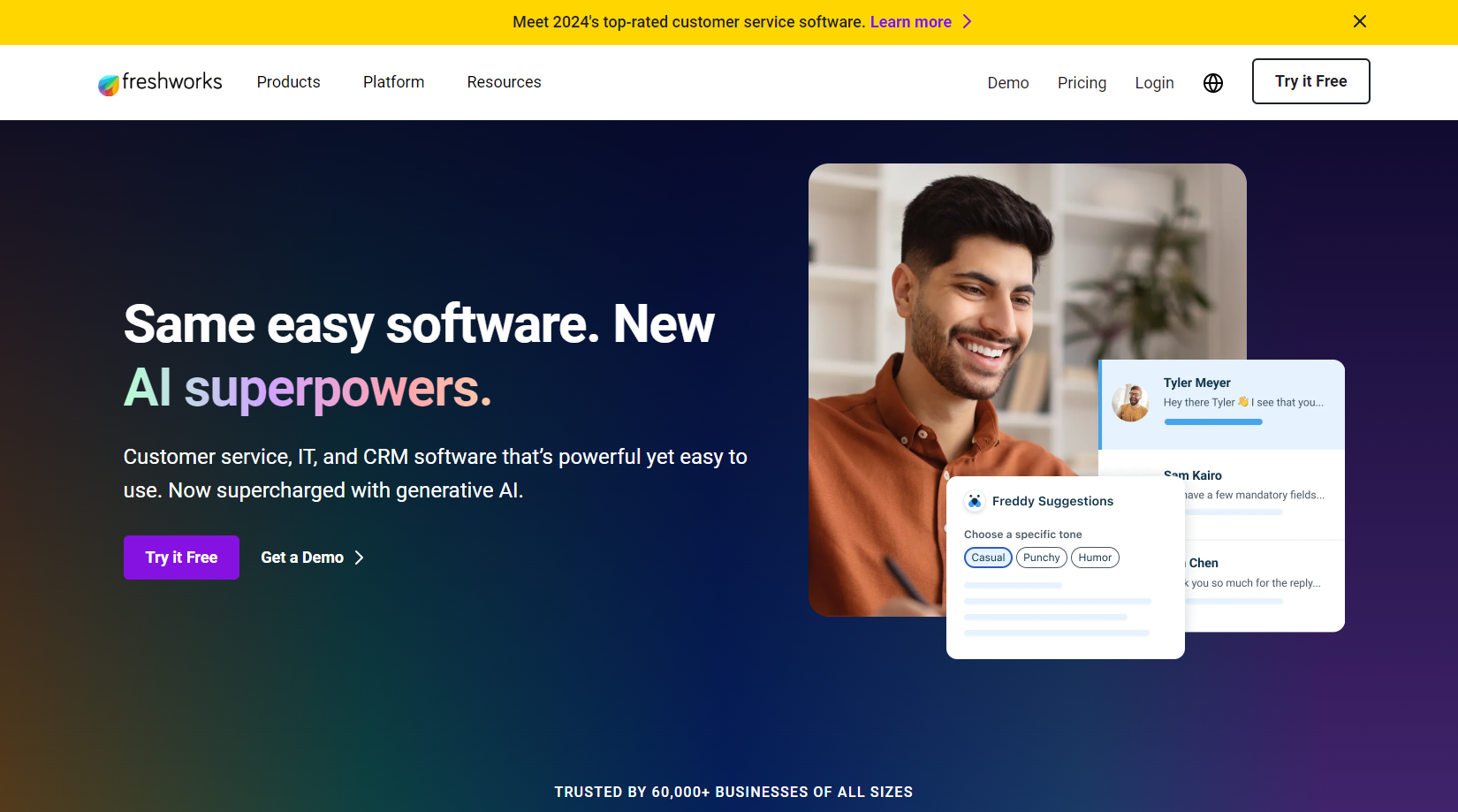
Freshdesk, a customer support solution, works with SIP trunks to link call data with support tickets. This integration ensures all customer communications are organised and easily accessible for agents.
Advantages✅
- Comprehensive Support Records: Store call logs alongside ticket details.
- Improved Agent Productivity: Reduce manual entry and speed up response times.
- Better Customer Experience: Provide faster, context-aware support.
What are SIP Trunk Integrations?
SIP trunk integrations facilitate a seamless connection between your VoIP phone system and the public switched telephone network (PSTN), as well as other communication services over the internet. This overview provides insight into the intricacies of these integrations.
Integration with Existing Systems
SIP trunk integrations can be adapted to a variety of phone systems and network configurations. Here's an overview:
- IP-Enabled PBX: For businesses with an IP-enabled PBX, integrating SIP trunking is relatively simple, though ensuring compatibility and proper configuration is key. Your SIP provider should assist with integration for your specific PBX model.
- VoIP Adapters: Businesses with traditional phone systems can use VoIP adapters to convert analogue signals into digital formats for internet transmission. Choosing the correct adapter is important for call quality.
- SIP-ISDN Gateway: For businesses utilising ISDN lines, a SIP-ISDN gateway can connect these lines to a SIP trunk, offering a modernisation path without a complete system overhaul.
Configuration and Setup
Setting up a SIP trunk integration involves multiple steps:
- Using Pre-Configured Templates: Many providers offer pre-configured templates for leading ITSPs, streamlining the setup process. These templates facilitate quick SIP trunk setup by following specific guidelines.
- General SIP Trunk Setup: In cases where your ITSP hasn't undergone an interoperability test or for setting up WebRTC click-to-call, a general SIP trunk setup is required. This includes configuring necessary settings and ensuring PBX system compatibility.
- Security and Quality of Service: It's essential to ensure the security and quality of your SIP trunk integration. This involves configuring security profiles, selecting appropriate transport types, and implementing Quality of Service (QoS) measures to maintain high call quality.
Benefits of SIP Trunk Integrations
SIP trunk integrations deliver a wide array of advantages, enhancing your business's communication systems in terms of efficiency, cost savings, and overall performance. Below are the main benefits of adopting SIP trunking for your company.
Flexibility and Scalability
SIP trunking stands out for its exceptional flexibility and scalability. Unlike the traditional Primary Rate Interface (PRI) systems, which compel businesses to buy bundles of 23 voice channels, regardless of their actual requirements, SIP trunks offer the ability to precisely adjust the number of channels according to your needs. This ensures you only pay for what you use, making SIP trunking a perfect match for businesses experiencing fluctuating demands or those in the midst of scaling operations.
Cost Savings
One of the standout benefits of SIP trunking is the significant cost reduction it brings. By moving away from traditional POTS lines or PRI/T1 trunks, companies can achieve up to 70% savings on their monthly phone expenditures. Additionally, SIP trunking typically offers more competitive rates for long-distance calls, both domestically and internationally, and calls between various office locations often incur no charges at all.
Consolidated Network Management
By merging your communication and data networks into a single infrastructure, SIP trunking greatly simplifies network management. This consolidation reduces the need to support separate networks for voice and data, thereby lowering administrative efforts and associated costs.
Redundancy and Reliability
SIP trunking introduces enhanced redundancy features, enabling the use of multiple providers and ensuring failover capabilities during network disruptions. This guarantees that your business communication remains uninterrupted, maintaining operational continuity in the event of unexpected challenges.
Unified Communications
As an essential element of unified communications, SIP trunking facilitates the integration of voice, data, , and video conferencing into one unified system. This integration boosts collaboration, streamlines communication processes, and delivers a consistent user experience across various devices and platforms.
Direct Inward Dials (DIDs) and Number Flexibility
SIP calling allows the use of Direct Inward Dials (DIDs), giving each employee a personal SIP line. This enhances the flexibility and efficiency of your calling structure. Furthermore, it's possible to acquire both local and toll-free numbers directed to the same SIP trunk, enabling you to establish a local presence anywhere without the need for a physical office location.
Predictable Costs and Quick ROI
With its predictable cost structure, often based on a per-user model, SIP trunking simplifies financial planning and budgeting. Additionally, the setup of SIP trunking can demonstrate immediate benefits and a swift return on investment, often from the first month, presenting a financially viable solution for companies.
Integrating your phone software with auxiliary business tools allows for a seamless flow of data between applications thanks to automatic data synchronization.
Types of SIP Trunk Integrations
When it comes to implementing SIP trunking, several types of integrations can be tailored to meet the specific needs of your business. Here are some of the most common types of SIP trunk integrations:
SIP Register Trunk Integrations
This type of trunk is registration-based, meaning it requires a username and password to create secure and authenticated connections. It is particularly useful for businesses that require a high level of security and authentication for their communication setup.
SIP Peer Trunk Integrations
SIP Peer Trunk integrations rely on IP addresses and ports for authentication, eliminating the need for usernames and passwords. This IP-based method simplifies the setup process and is suitable for businesses that prefer a more straightforward configuration. It is ideal for environments where IP addresses are static and reliable.
SIP Account Trunk Integrations
SIP Account Trunk integrations are designed for connections between different devices. In this setup, the cloud PBX system acts as a VoIP account provider, while the other device registers to connect to the VoIP PBX system. This type of integration is useful for businesses with multiple locations or those that need to integrate various communication devices into a single system.
WebRTC Trunk Integrations
WebRTC (Web Real-Time Communication) trunk integrations are used to set up WebRTC click-to-call functionality. After creating a WebRTC trunk, a WebRTC inbound call link is generated automatically, allowing users to make calls to the PBX system directly from a web interface. This is particularly beneficial for businesses that need to integrate web-based communication tools into their existing phone systems.
Integration with IP-Enabled PBX Systems
If your business uses an IP-enabled PBX, integrating SIP trunking can be relatively straightforward. However, ensuring compatibility and proper configuration is important. Many SIP providers offer pre-configured templates for leading ITSPs, which can simplify the setup process. It is essential to follow the provider's guidelines for integrating with your specific PBX model.
Integration Using VoIP Adapters
For businesses using traditional phone systems, VoIP adapters can convert analogue phone signals into digital signals that can be transmitted over the Internet. Selecting the right adapter is essential for maintaining high call quality. This integration method allows businesses to transition from traditional phone lines to SIP trunking without replacing their entire phone system.
Integration with SIP-ISDN Gateways
If your business relies on ISDN lines, a SIP-ISDN gateway can connect these lines to a SIP trunk. This integration provides a pathway to modernise your communication infrastructure without a complete overhaul. It allows you to leverage the benefits of SIP trunking while still utilising your existing ISDN lines.
In Conclusion
In conclusion, integrating SIP trunking into your business communication systems offers a path to modernisation and improvement. This technology brings forth substantial cost efficiencies, scalability, and the flexibility needed to navigate evolving business landscapes.
Embracing SIP trunking can simplify your communication framework, elevate productivity levels, and improve customer interactions. Start your free Ringover trial today to unlock the myriad benefits that SIP trunk integration brings to the table.


